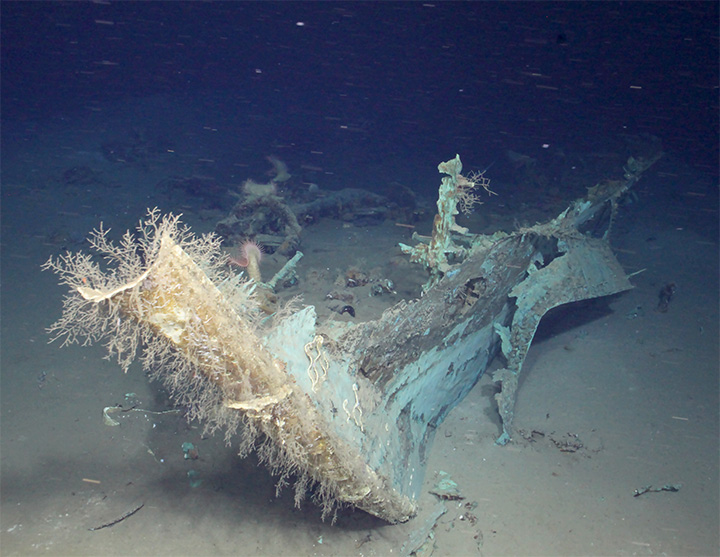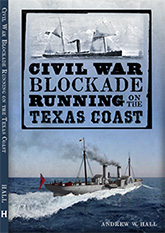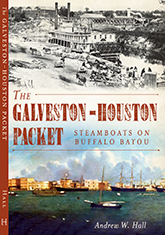Deep Water Shipwrecks — Houston, October 14


On Tuesday, October 14 at 7 p.m., Amy Borgens and Fritz Hanselmann will discuss the recent deep-water shipwrecks expedition to investigate the wrecks of three sailing vessels, believed to have been overtaken by a catastrophic event with a presumed loss of all on board. These vessels were lost to history until 2011, when they were detected as three unknown sonar targets during a Shell Oil seafloor hazard and archaeological survey. A deep-water remotely operated vehicle investigation by NOAA’s Office of Ocean Exploration and Research unveiled a copperclad shipwreck with collections of small arms and six cannon lying at a depth of approximately 4300 ft. A team of underwater archaeologists from several federal and state organizations returned to the site in July 2013 and recovered a small collection of artifacts to help identify the shipwreck. An investigation of the two nearby Shell Oil targets confirmed these were indeed shipwrecks – one a merchant vessel transporting hides among its cargo and a third vessel of unknown purpose believed to be a three-masted ship. The archaeological team continues to research the video and photographic documentation of the sites and learn more about the artifact assemblage as conservation continues.

Deep-Water Discoveries: The Monterrey Shipwrecks in the Gulf of Mexico
Tuesday, October 14
7:00-8:00 PM
Houston Maritime Museum, 2204 Dorrington
Houston, Texas 77030
Free to the Public
__________






So, am I correct in reading that as three sailing vessels which were all sunk by the same event? Too bad I live so far from Houston, because this sounds like it would be a very interesting lecture.
That’s correct. The ships have not been identified, but their proximity to each other and appear to date from the same period, so the working theory (I believe) is that they were all three lost in the same event, likely a storm. The first vessel found had LOTS of weapons on board, both artillery and small arms, and so may be a privateer. Last I heard, the artifacts onboard come from multiple cultural origins, which is really what one might expect for that time and place. In that general period (say, 1800-1830) the Gulf of Mexico and the Caribbean were full of vessels like that, of every imaginable flag and allegiance. It was a free-for-all.
Yeah, I remember your post about the first ship they found. It seems like a reasonable hypothesis, given the odds against having three ships of the same era go down in deep water in roughly the same area, but over an extended period of time. Must have been one hell of an event, whatever it was.
At the same time, it sort of implies that was a busy sea lane, for them to be in such relatively close proximity when it happened, right? Which isn’t to say they sank at the exact same time, but maybe over the course of hours as each blundered into a zone of freakishly bad weather. Has anyone suggested it might have been a rogue wave, or is that considered too fringe?
Last I heard, the thinking was that they are likely connected, perhaps traveling in convoy, or maybe a privateer and two prizes.
I didn’t realize until I did a little Googling that the wrecks were located within five miles of each other. That makes the convoy-or-prizes explanation pretty compelling, if they were found in such a small area. It sure looks like some sudden, overwhelming event is the likely cause, given their proximity and the evidence indicating they didn’t have time to abandon ship.
I know I’m kind of obsessing about this, partly because I’ve read a number of shipwreck narratives, but it seems like whatever did it must have been something fairly exceptional in terms of wind or seas to knock out three ships pretty near simultaneously. I’d think the odds would be against all three of the ships being in such lousy condition and/or so poorly manned that they all went down in a typical blow.